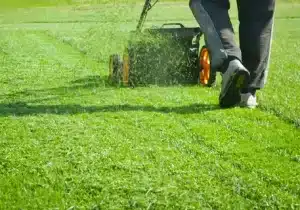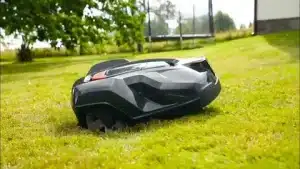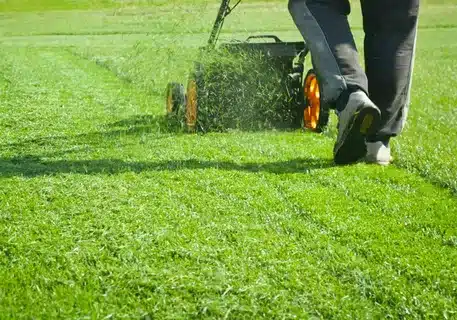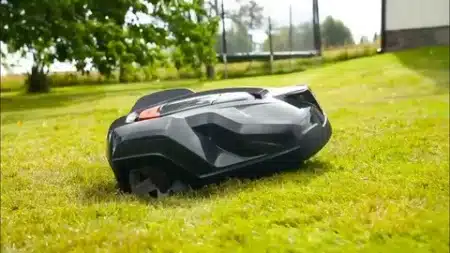Keeping a well-manicured lawn has been a symbol of pride and status for centuries. Over the years, the tools used for lawn maintenance have undergone significant transformation. Among these, the grass mower has seen the most dramatic evolution. This article explores the evolution of the grass mower: from manual to robotic, highlighting the technological advances that have reshaped how we care for our lawns.
The Beginnings: Manual Grass Mowers
In the early 19th century, the first mechanical lawn mower was invented by Edwin Budding in England. This manual push mower was a simple device powered by human effort. It consisted of a cylinder of blades that rotated as the user pushed it forward, slicing the grass cleanly. These mowers were revolutionary at the time, replacing the scythe and significantly reducing the labor required for lawn care.
Despite their simplicity, manual mowers were not easy to operate. They required physical strength and regular sharpening. However, they laid the foundation for more efficient mowing solutions in the future.
Gas-Powered and Electric Mowers: A Leap Forward
The 20th century brought significant changes with the introduction of gas-powered and electric lawn mowers. These models required less manual effort and allowed for faster, more efficient mowing. Gas mowers became popular due to their power and ability to handle large yards, while electric mowers offered a cleaner, quieter alternative.
This period marked an important step in the evolution of the grass mower: from manual to robotic. These mowers made lawn care more accessible to a wider range of homeowners, paving the way for the next technological leap.
The Rise of Robotic Lawn Mowers
Today, robotic lawn mowers represent the cutting edge of lawn care technology. These autonomous machines operate with minimal human intervention, using sensors and GPS to navigate yards and avoid obstacles. Once programmed, they can mow on a schedule, return to their charging stations, and even be controlled via smartphone apps.
Robotic mowers are not only convenient but also eco-friendly. Many models are electric, reducing emissions and noise. As smart home technology advances, these devices are becoming more intelligent and efficient, symbolizing the evolution of the grass mower: from manual to robotic in its most advanced form.
The Future of Lawn Care
Looking ahead, the future of grass mowing is likely to include even smarter and more sustainable innovations. Solar-powered mowers, AI-based lawn monitoring, and integration with smart home systems are already being tested. As these technologies become more affordable, the transition from traditional to robotic mowers will continue to accelerate.
In conclusion, the evolution of the grass mower: from manual to robotic reflects not just changes in machinery, but shifts in lifestyle and environmental awareness. What began as a labor-intensive task has now become a seamless, tech-driven experience—proving that even the most routine chores can benefit from innovation.






